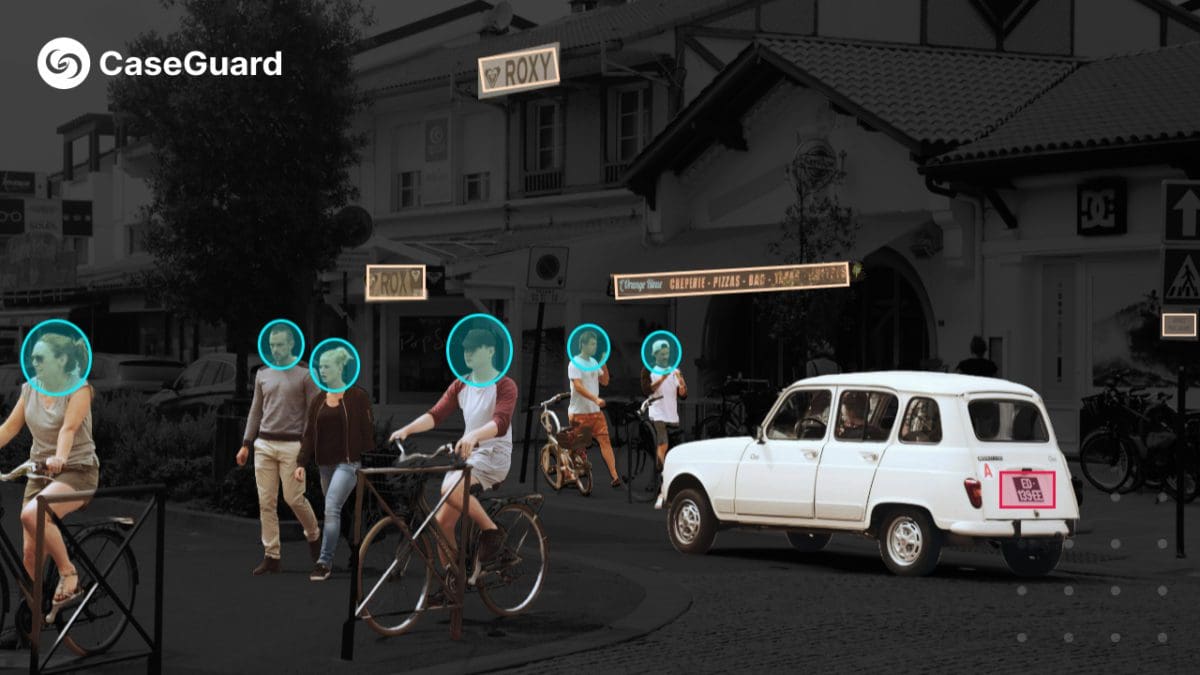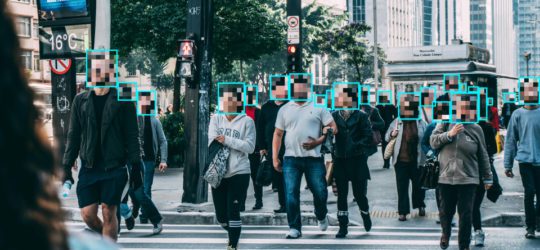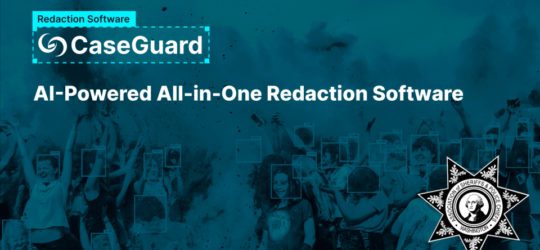The best way to redact
Using the most advanced AI technologies, automatically redact faces, license plates, screens, phones, notepads, and Personally Identifiable Information like names, addresses, and SSNs from Video, Audio, Documents, and images. All in one place and with one redaction software.





